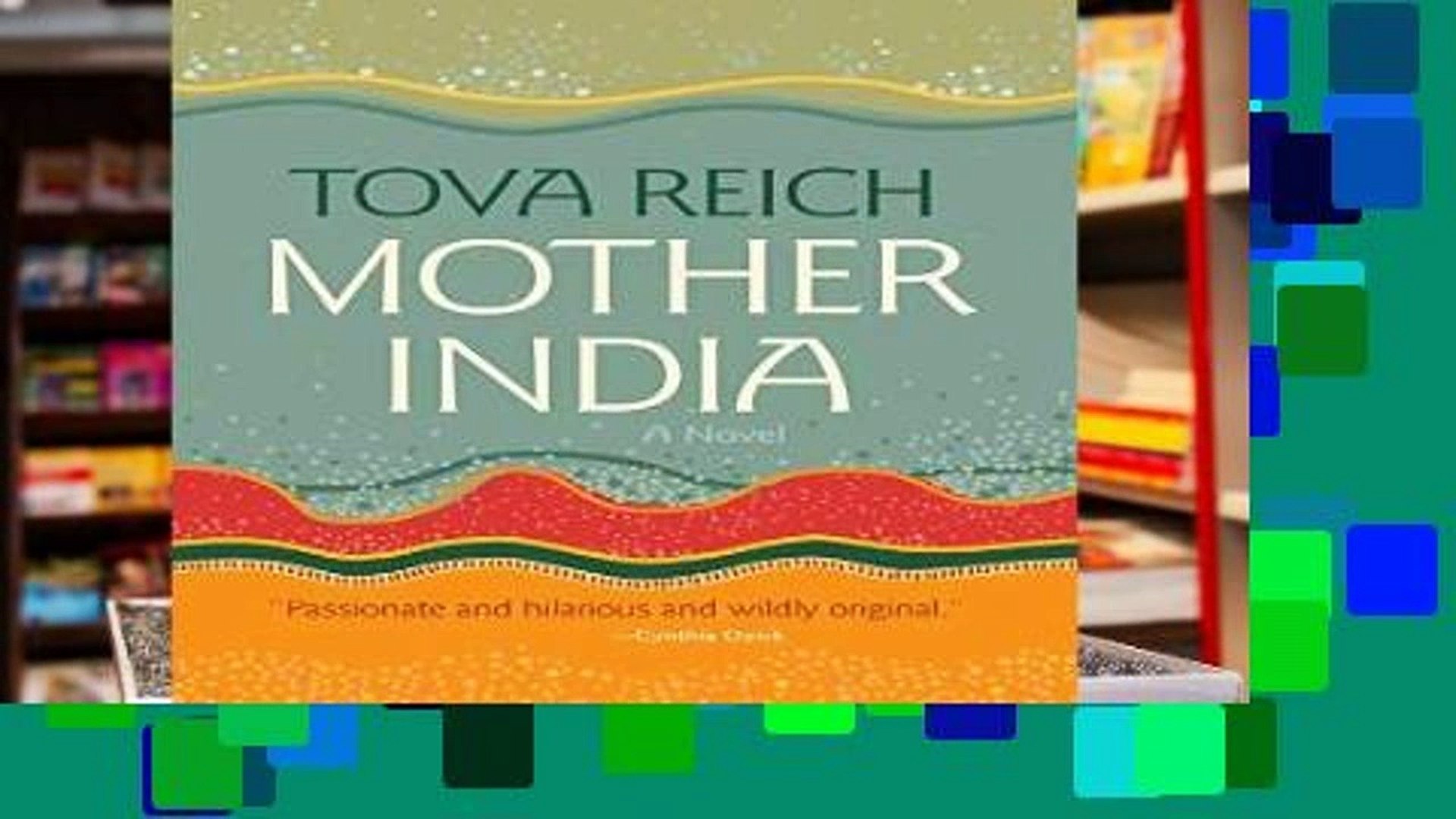If you walk through ankle-deep sewage overflow while batting away flies and choking on ashes of incinerated human remains, you’ll experience the India of author Tova Reich’s description. You probably would prefer to visit Dante’s Inferno, or the Jewish Gehenna. However, visiting Reich’s “Mother India,” and reading about it, are vastly different experiences. The former would be horrifying; the latter fascinating, especially because Reich has an unusual imagination, a rich vocabulary that may send you, as it did me, several times to the dictionary, and a knack for story-telling.
The novel begins with the story of an Orthodox Jewish grandmother who decides that India not only is the best place to die, but also is the place where her soul can be liberated from the endless cycle of living and dying. With her daughter the travel agent’s assistance, she moves to Varanisi, where she can contentedly watch burning funeral pyres set afloat on the Ganges River until the arrival of her own time to die. In a land of disease and suffering, her equanimity attracts a cult following, so that eventually the anticipated immolation of her overweight body become a cause célèbre pitting brightly-painted, muscular eunuchs in defense of her desired disposal against Chabadniks who want to save her remains for resurrection in the world to come.
Although Lubavitcher Chasidim in Mumbai are at first treated deferentially in this novel, eventually the whole Chabad movement comes under suspicion. We witness the impressionable Maya growing into a Chabad acolyte until betrayal ruptures her relationship with the movement. Even in Western societies we know that an adolescent can swing from one extreme to another, but in the India of Reich’s description such bipolarity is not at all surprising.
Along the way, we meet a female guru whose gargantuan body successively enfolds each of her thousands of followers into motherly hugs. Soothing words and cradling against the guru’s massive breasts seem to diminish the followers’ troubles. Pilgrimages to her seat in Cochin brings the guru’s empire a fortune in hotel reservations, restaurant meals, transportation services, and tchotchkes.
We also learn more about the middle generation of this family. There is Meena, the abandoned lesbian travel agent, who is the narrator of the tales, and her twin brother Shmelke who has evolved into Rabbi-ji, a Jewish guru of sorts, preaching that holy people must dive deeply into the base world of sexual promiscuity and other forms of immorality in order to recover the divine sparks of creation that otherwise would have been irretrievably lost. Western societies have judged Shmelke’s pseudo-theology to be criminal, but in Reich’s India it is not at all that exceptional. Endless poverty, debilitating disease, and hopelessness prompt people to welcome anyone promising change, especially the charlatans.
Throughout the novel, Orthodox Jewish practice and Hindu beliefs are examined, sometimes conflated, and often cynically rejected. Jewish readers will be impressed by Reich’s deep understanding of Judaism, and assume, with no reason to believe otherwise, that she has a similarly deep understanding of Hinduism. The result of all this is a novel such as neither you nor I have ever read before.
Republished from San Diego Jewish World


























